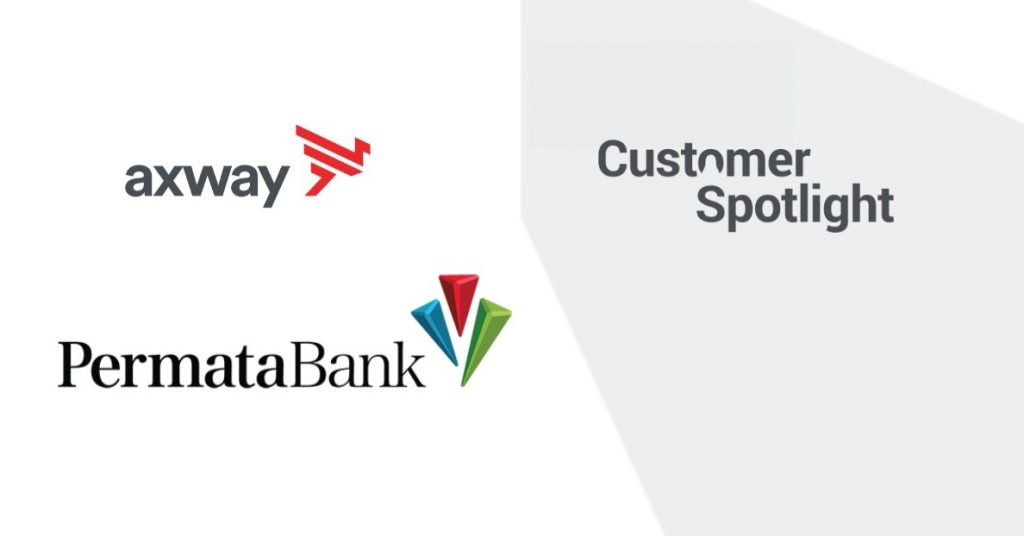PermataBank is one of Indonesia’s leading banks and a pioneer in mobile banking and mobile cash technology. Its success in harnessing the potential of APIs to drive new revenue and build partnerships is a testament to the power of open banking: PermataBank tripled new account acquisition in just three years, without having to add branches or staff to its distribution network.
Starting the API journey
The bank’s digitization and IT modernization processes began after five Indonesian banks merged in 2002 to become PermataBank. At the time, they decided to merge the many legacy systems into one common platform, with core banking systems now running on a mainframe-based transaction platform.
Focusing on digital self-service channels led to rearchitecting and modernizing their digital banking platform, which opened up an opportunity to start exposing products and services to partners outside the bank via APIs.
PermataBank wanted to manage APIs built for internal developer teams and to allow external partners to consume its products and services. The bank introduced an integration layer connected to its core platform, with an API gateway built on the Amplify API Management Platform.
“By the end of 2017, we had the first release of our APIs,” said Abdy Salimin, PermataBank CIO and Director of Technology and Operations. “In 2018, we released our first mobile banking APIs. Since then, we have rolled out many digital capabilities, and with the APIs powering our new products and services, we opened our first digital model branch,” Abdy added.
Shifting company culture to embrace the new digital economy
The move to embrace APIs took a little getting used to. Abdy explains they needed to have conversations with the company leadership to show how APIs solve business challenges and capture business opportunities. APIs represented an entirely new type of revenue stream.
The start of PermataBank’s API journey also coincided with a shift in customer expectations, as well as an evolving market. Younger, digital-focused consumers prefer dealing with a fintech company rather than a bank, explained Abdy, and they’re looking for alternative tech solutions that solve their money management needs.
With APIs, Permata saw the potential to reach unbanked young entrepreneurs and highly educated under 30-year-olds by underwriting bank account services for Fintech partners.
By the time regulatory authorities were pushing for open banking, Permata’s leaders had already seized on the potential of truly digital banking. Abdy says they see the customer experience era as their true business driver.
Monetizing APIs through partnerships
With its digital layer in place, PermataBank is now working with new Fintech partners in wealth management and P2P lenders, as well as enabling payments APIs for platform businesses like e-commerce, rideshare, payment gateways, and online gaming providers.
With non-direct revenue business models, PermataBank has entered new markets, extended its customer base, and increased the size of transactions conducted through the bank.
“There are many P2P lenders and e-commerce customers in the market, but 150 million of them don’t have bank accounts,” said Abdy. “They are currently offered loans at a higher interest rate, and we don’t have the ability to acquire these customers. But fintechs can reach these potential customers.”
“The customers are looking for tech and mobile solutions. So, we rely on fintech to do the acquisition, and our API is the one that brings them to our loan books. The APIs underwrite the loan and bring the customers to us. And the regulator loves us because we are bringing the loans and migrating the unbanked into the banking system,” Abdy added.
Furthermore, new customer acquisition costs are very low, since they are borne by fintechs in their promotion and marketing strategies. PermataBank can focus on establishing the partnership, and the customers flow in.
One example of this is when PermataBank was able to solve a wealth management provider’s key pain points with an API.
The bank had a mobile app that allowed customers to buy and trade shares. But after new customers opened trading accounts in the app, they had to go visit an offline bank to open their funding account open. 60-70 percent of customers weren’t doing that and simply dropped off.
PermataBank was able to embed its API into the wealth management provider’s app, so that when a customer opened a trading account, PermataBank could open a funding account for the customer as well. Now, the customer can get everything set up quickly and, within five minutes, they can go from opening their funding account to starting to trade.
With excellent results, PermataBank is poised for continued growth
Because it is proactively creating and implementing APIs and building partnerships, PermataBank is now seeing significant business benefits from its adoption of new API-powered business models.
PermataBank went from opening 1.6 million new accounts in 2016 to 7.6 million new accounts three years later. Its banking transaction volume nearly doubled during that time period, while total headcount and cost remained flat, for a compound annual growth rate of 17 percent.
Abdy says APIs are now becoming a core part of PermataBank’s business as the digital economy continues to develop in Indonesia. The bank has over 1,000 partners using its services already, with 150 APIs published, but he adds they are just getting started.
“There are a lot more services in the area of the supply chain, payments, transfer, loans origination, account opening, and wealth management we can offer, and next we will be moving into a lot more corporate account services and more back-office APIs that will complement our internet banking services. Everyone across the bank now sees the potential and understands the change in our business models. We can move faster with this different perspective,” concluded Abdy.
Discover more about Permata Bank’s Customer Story with Axway.
